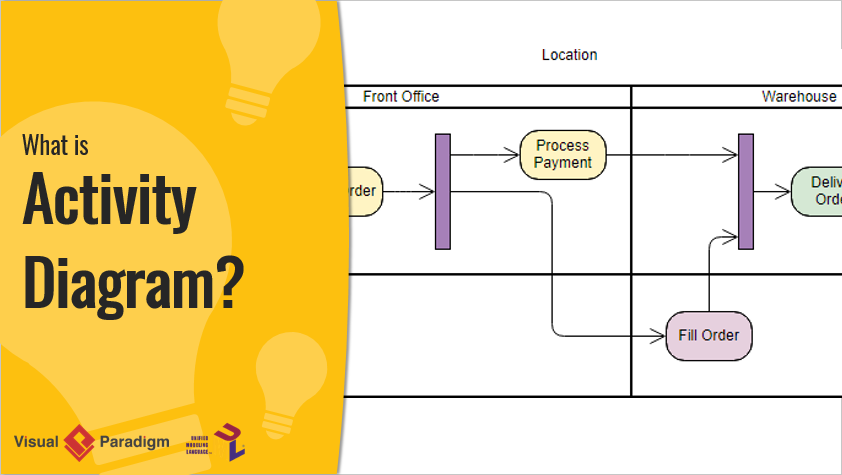

With the help of Business Process Modeling we can draw the following kinds of diagrams: With the help of Database Modeling we can draw the following: Visual Paradigm Assignment Help By Online Tutoring and Guided Sessions from AssignmentHelp.Net Visual Paradigm supports the following UML diagrams: We provide Assignment Help for UML Diagram created by Visual Paradigm And Online tutorial for UML Diagrams and there Tools is also available on our site.
VISUAL PARADIGM UML TUTORIAL SOFTWARE
The cheaper and better way of cutting the edge development platform is provided to software developer by VP-UML. It can make reverse engineer diagrams from code, and provide round-trip engineering for various programming languages.īy the use of Visual Paradigm it is easy-to-use visual UML modeling and CASE tool.
VISUAL PARADIGM UML TUTORIAL CODE
It also provides report generation and code engineering capabilities including code generation. It support UML 2, SysML and Business Process Modeling Notation(BPMN) from the Object Management Group(OMG). The Visual Paradigm is a tool for creating UML Diagrams. Choose Control Flow > Activity Final Node on the popup window.Visual Paradigm Assignment Help Visual Paradigm for UML

You are allowed drag and move the caption of a decision node. Choose Control Flow > Decision Node on the popup window.


Select Vertical Swimlane, then click any empty space on the diagram.In this tutorial, the diagram will be named Activity Diagram Tutorial. You can use the search bar above to filter diagrams. In the New Diagram window, select Activity Diagram, then click Next.Click New > New Diagram form the toolbar.Refining complicated high level activities similarly, nested activity diagrams.Where workflows cross technology boundaries, using swimlanes to map the activities.Where significant object behavior is triggered by a workflow, adding object flows to the diagrams.Combining the scenarios to produce comprehensive workflows described using activity diagrams.Identifying key scenarios of system use cases.Finding system Actors, Classes and use cases.The steps below outline the major steps to take in creating a UML Activity Diagram. Activity Diagrams consist of activities, states and transitions between activities and states which describe how activities are coordinated to provide a service, such as, how the events in a single use case relate to one another, or how a collection of use cases coordinate to create a workflow for an organisation Steps to develop Activity Diagrams


 0 kommentar(er)
0 kommentar(er)
